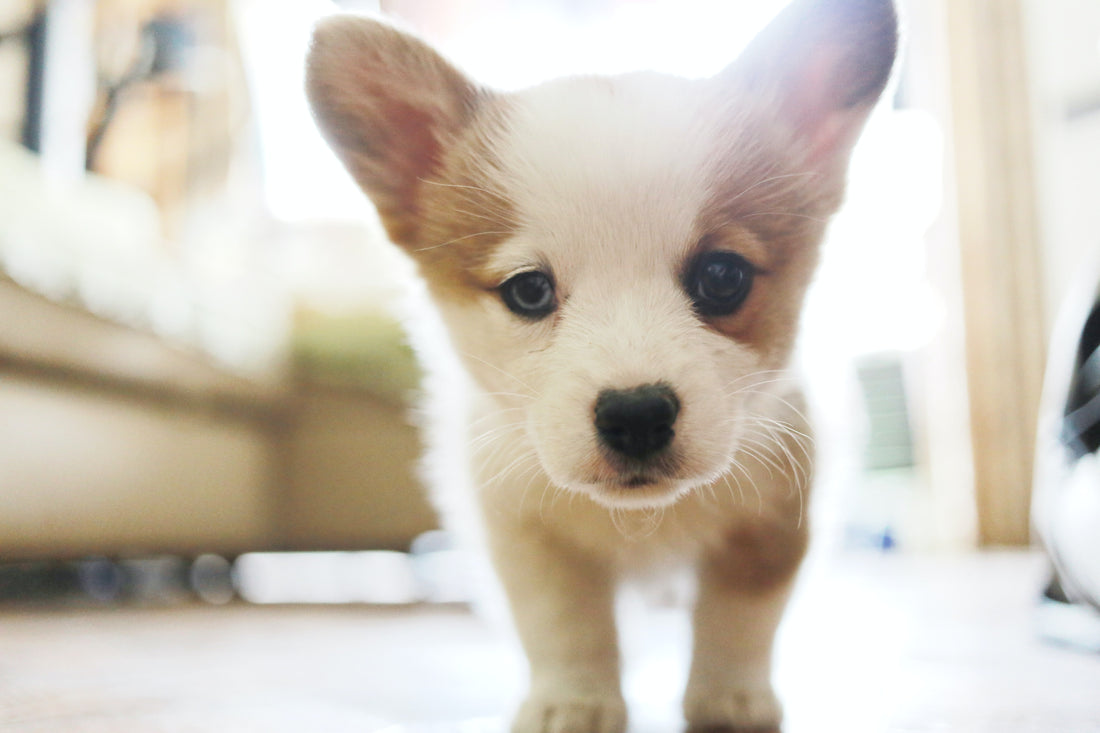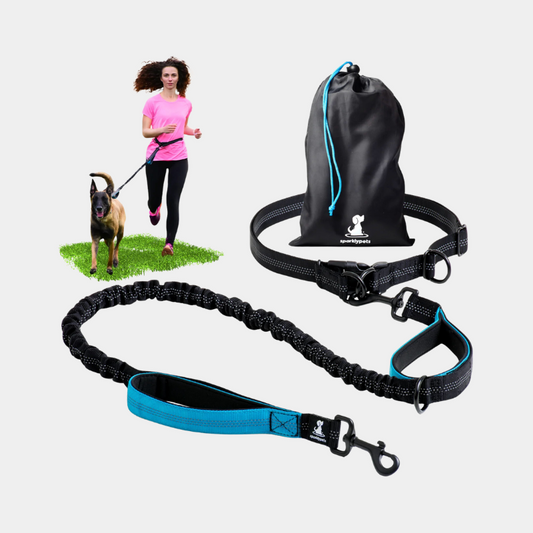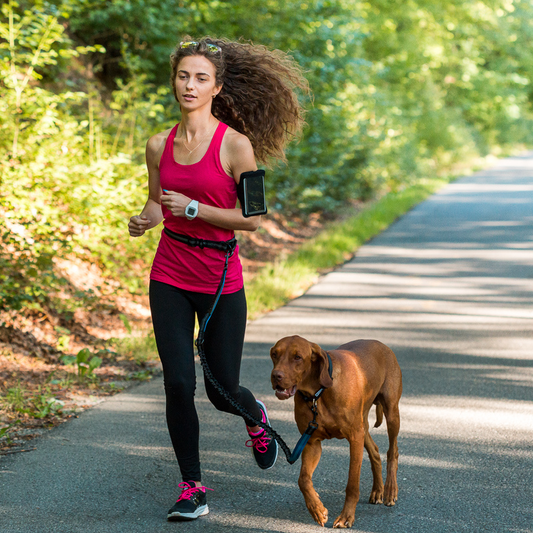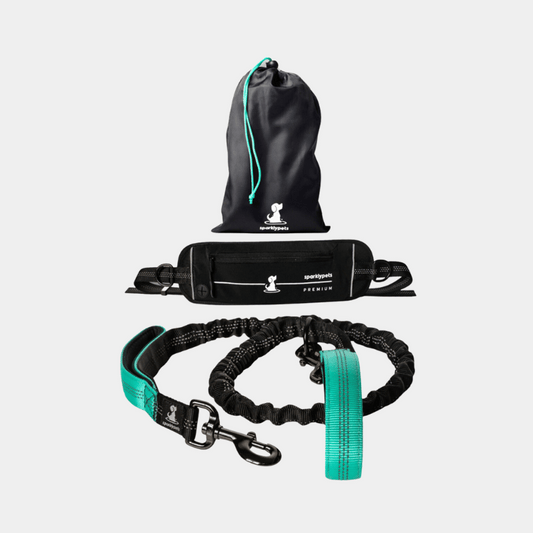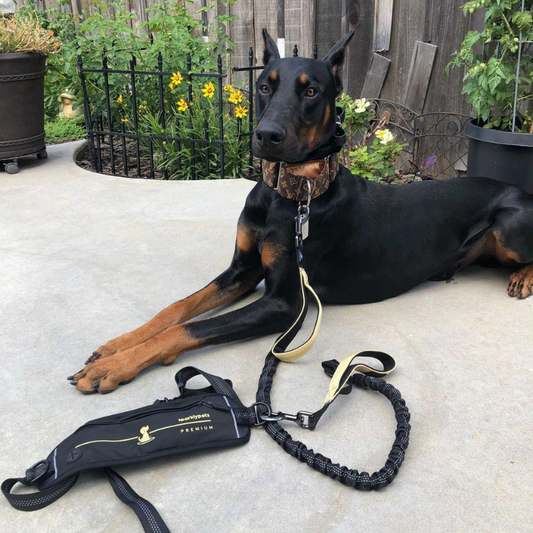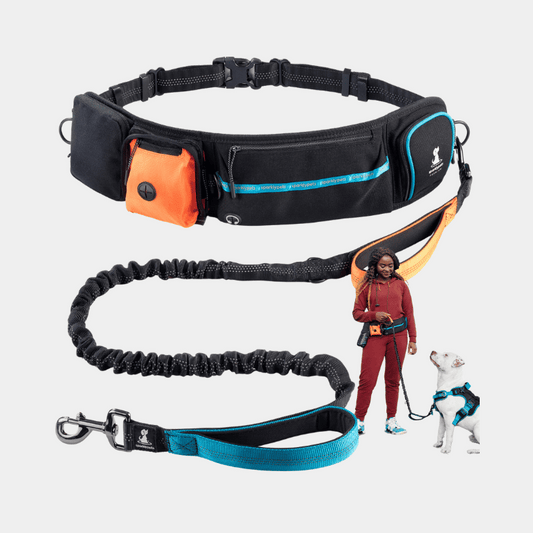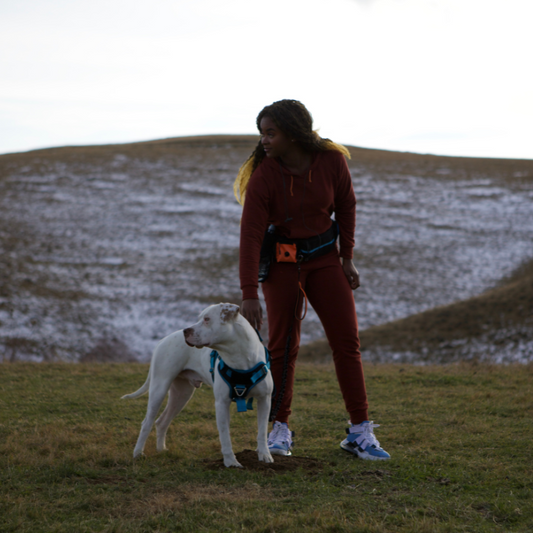So you got a new puppy! Congrats! We’re sure your pup will be super happy in their new forever home. Having a puppy can be a lot of fun, but it also comes with some damages - chewed shoes, puddles on the carpet, and such. These minor inconveniences shouldn’t last very long if you start training your puppy. And when it comes to training, the best place to start is potty training your dog or housebreaking your dog. Use the tips from this article to make that happen sooner rather than later and your carpets will be spared.
Create a schedule
There will be a few times when your puppy is more prone to having leaky accidents in your home. In the morning, after meals, or after playtime. It’s important to notice these moments and act preventatively. So, in the morning, when you wake up, get into the habit of taking your puppy outside for him to relieve himself first thing. Don’t wait for the coffee to be ready or checking your emails. Then, comes breakfast (and other meals will follow) and usually, small puppies will need to go potty in at most 30 minutes after that. Avoid accidents by taking your pup out, 5-10 minutes after a meal if possible.
Use teachable moments
Accidents are bound to happen since your puppy is not yet used to your house rules. If you catch them in the act, use the moment as a teachable moment, by clapping or saying no in a stern voice. If they stop their business, quickly take them outside to finish and praise them when they do so outside.
This only helps serve as a teachable moment when you catch your puppy in the act. If he sneaks off and you only step in it a few hours later, this won’t work.
Use a leash
Puppies are easily distracted. This means they might see a leaf and forget they were about to pee or poo, in order to chase that leaf. Use a dog leash to contain these distractions and bring your dog’s focus back on relieving himself. It’s advisable to use a leash every time you take the pup out in the first weeks, as you can control and redirect his attention whenever needed. And yes, every time means even if you’re just taking him out to your fenced back yard to pee.

Use positive reinforcement
We all know by now that positive reinforcement is the way to go when training dogs. Sometimes this involves treats, other times praises. Potty training is one of those times when you want the positive reinforcement to be anything but treats. So, when your puppy goes outside to pee, tell him what a good boy he is or pet him for a bit. Do not offer treats as rewards in this case as they can cause complications. Your dog will learn that behavior and will likely request more time to “pee” in order to get the treat or phantom pee when you take him outside to get the treat, but then get back inside with a full bladder, and then, accidents happen.
Use a crate
Whenever you’re not home or unavailable to go on walks, use a crate to train your puppy. The crate should be big enough to allow the dog to sit comfortably, stand up, turn, and lie down. If the crate is bigger than that, your dog will have the impression that they can relieve themselves in one distant corner then lie down where it’s clean. You want to avoid that, so always use an appropriate sized crate.
As a rule of thumb, your pup can hold it in for 1 hour more than his age in months. This means if you have a 3-month-old pup, he will be able to hold it in for about 4 hours. Keep that in mind when creating your schedule in order to avoid accidents inside the crate. The dog will most likely try signaling you with a cry or a scratch when they need to go out, as they are clean animals and wouldn’t want to make their safe space (the crate) dirty.
In the end, it’s all a game of being patient with your puppy as both of you are adjusting to your new normal. Accidents will happen, inevitably, in the beginning, so make sure to be patient and understanding with your pup during this time.
Keep in mind the tips from above will help you house train your new dog, but if you’re not seeing much improvement after the first week or two, it’s advised that you take your puppy to the vet for a checkup. This way, you can rule out any medical issues that might prevent him or her from holding it in, like a urinary tract infection.
In the end, if you can’t succeed in training your puppy to only go pee or poo outside, you can always reach out to a specialist dog trainer who will show you more techniques you can use to train your dog or even point out any mistakes you may be unaware you’re making.

